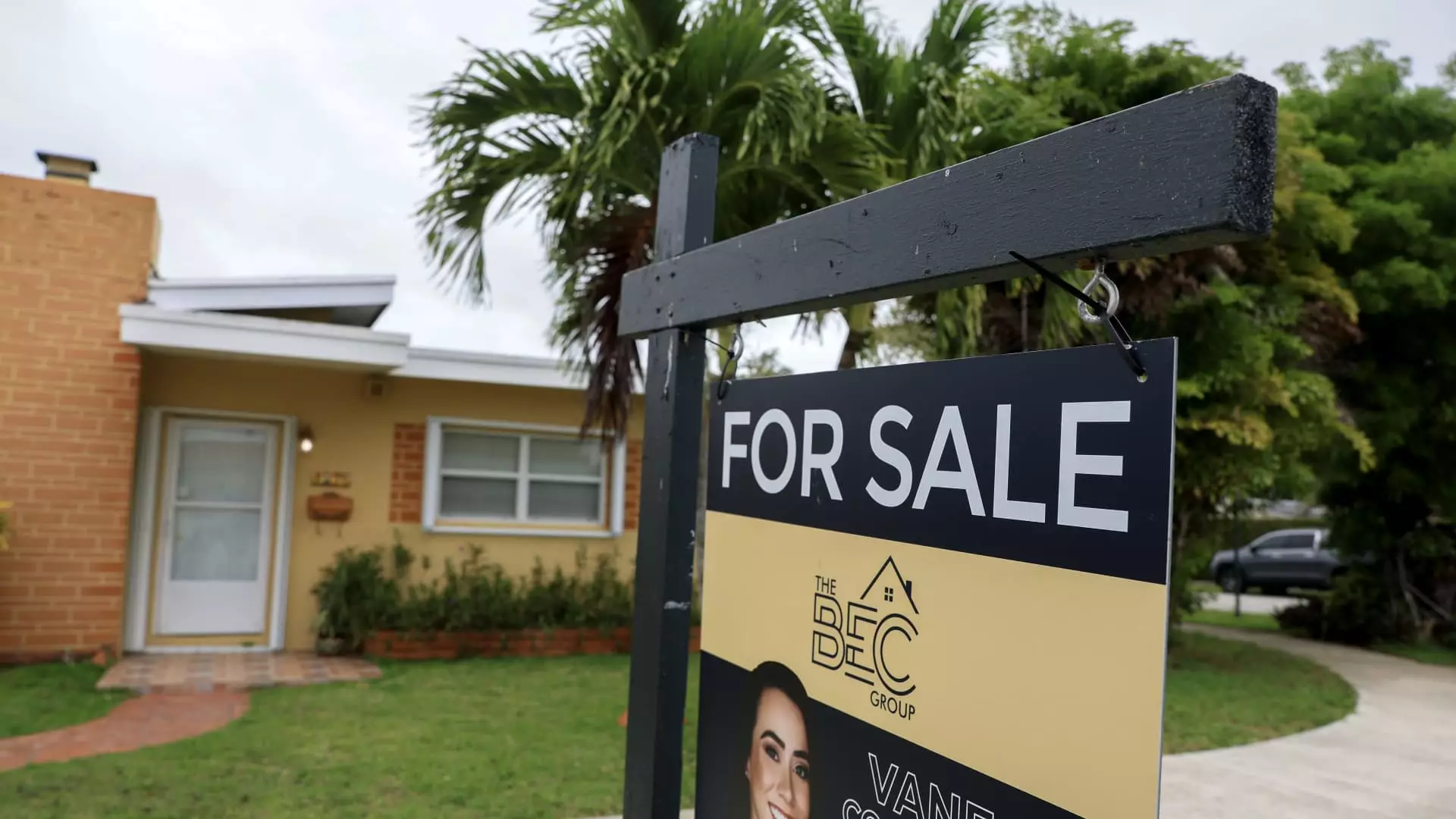Just last week, mortgage rates took a slight tumble. Conventional wisdom would suggest that lower rates should invigorate mortgage demand; however, this has proven to be a mirage. Total mortgage application volume plummeted by 3.9% compared to the week before, according to the Mortgage Bankers Association’s index. It seems that despite a drop in the average interest rate for 30-year fixed-rate mortgages—from 6.98% to 6.92%—this minor concession has not catalyzed consumer enthusiasm. Instead, it reinforces a troubling narrative: consumers are not merely hesitant; they are outright disillusioned.
Refinance Strategies Crumbling
Refinance applications, particularly sensitive to the movements in interest rates, also saw a disappointing 4% decline in activity. Though there is a silver lining—the numbers are 42% higher than the same week last year—this statistic can be misleading when context is considered. The markets last year experienced a peak in rates, so such an increase in refinance activity feels less like a victory and more like a desperate grasp at stabilizing an ever-fragile market. Joel Kan, a mortgage economist, pointed out that the average refinance loan size has dipped to its lowest since July 2024. Borrowers appear to be biding their time, hoping for a more significant drop that may never come.
Home Purchase Doldrums
On the front lines of home purchasing, a similar narrative unfolds. Applications to purchase a home also decreased by 4% this week, even though they remain 18% higher than last year. This discrepancy hints at a systemic issue within the market. While there may be more supply—indicating a healthier market—it also exposed an alarming trend: sluggish closed sales despite heightened demand. How can there be an increase in purchases on paper when sales are still in a downturn? It suggests that potential buyers are paralyzed by uncertainty in a market where the dynamics seem more favorable than they have in years.
The Mirage of Increased Supply
Interestingly, the rise in home supply is touted as a boon to eager buyers, yet it has failed to translate into brisk sales. This contradicts the basic tenet of supply and demand. With supply at its highest in five years, one could expect robust sales activity, not stagnation. This paradox underscores a larger issue; potential buyers remain skeptical, possibly due to economic instability and potential interest rate fluctuations.
It appears the mortgage market is trapped in a cyclical loop of stagnation. Even small adjustments in rates are seemingly ineffective in rekindling consumer confidence. The market feels like a ticking time bomb, where lower rates do not necessarily lead to increased applications or home purchases. Instead, buyers are holding back, waiting for signals that could spur them into action. In an environment of uncertainty, the cycle of demand and supply hangs precariously in the balance, leaving many questioning the stability of the housing market at large.

